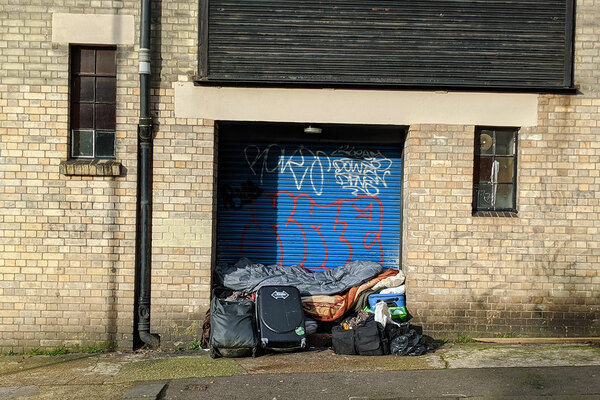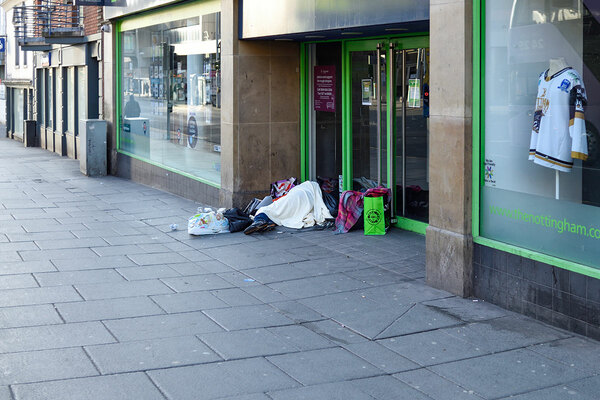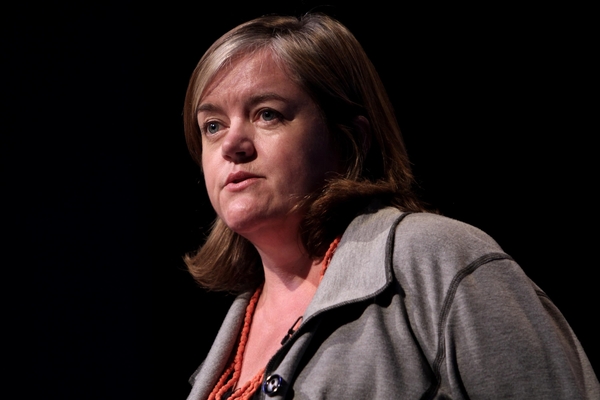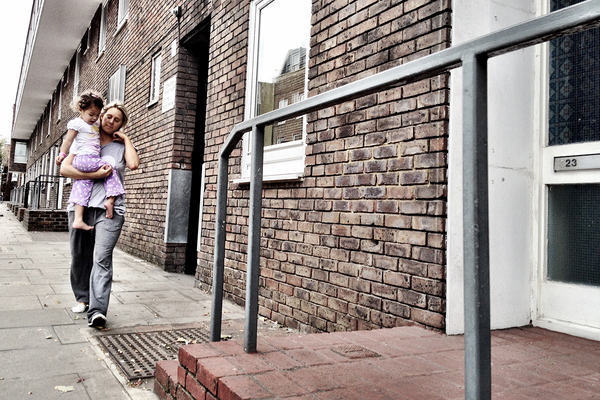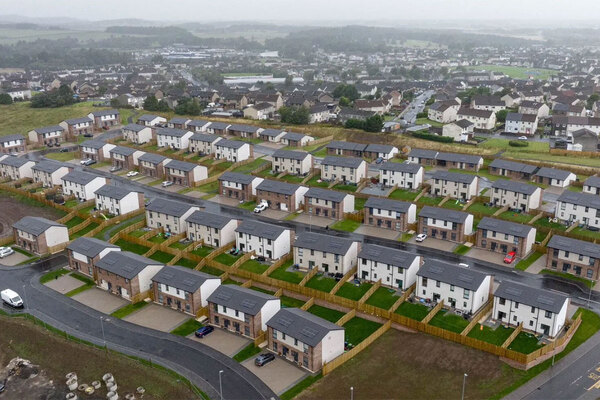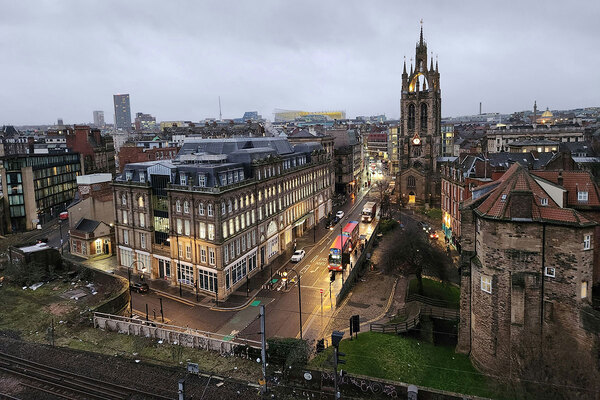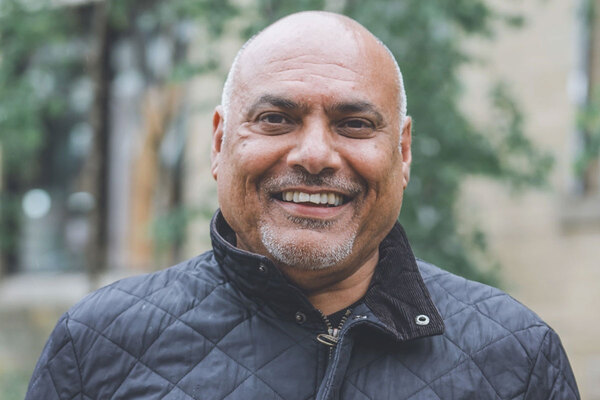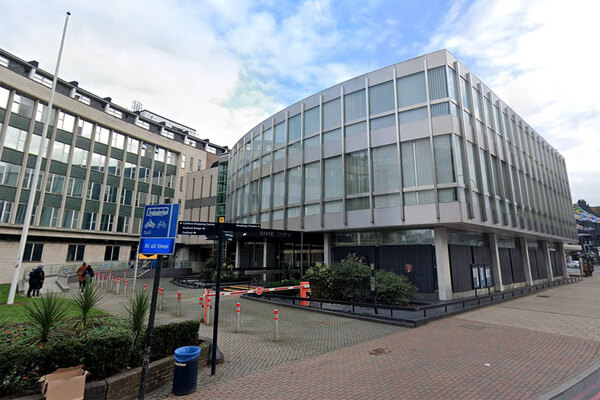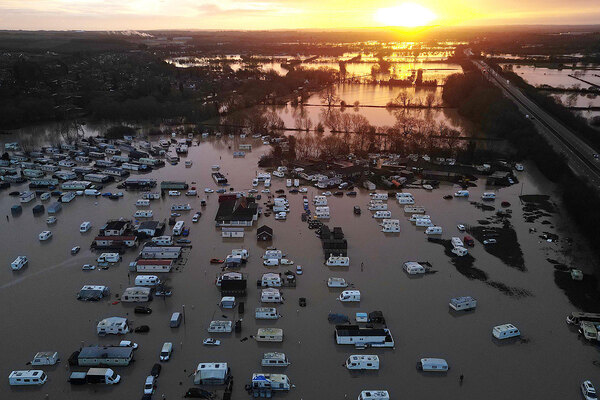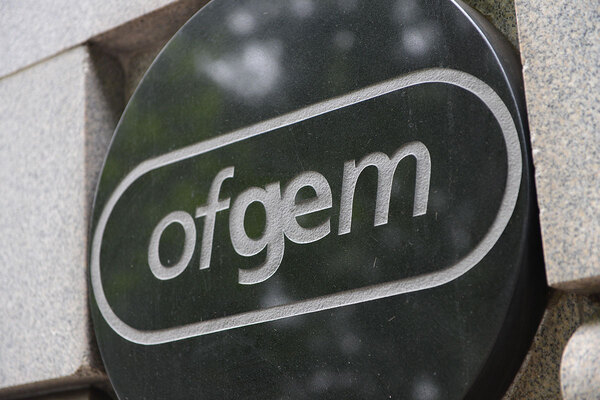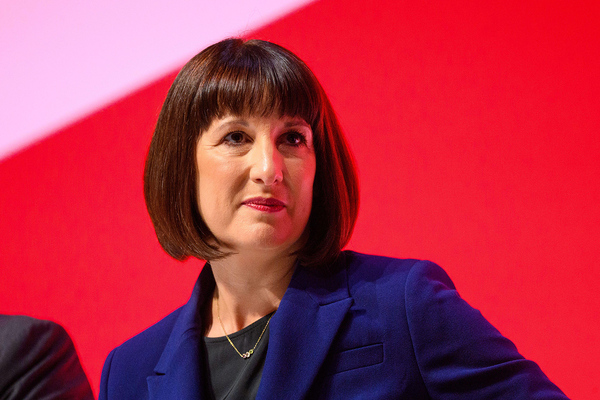You are viewing 1 of your 1 free articles
Households in temporary accommodation rose nearly 10% as pandemic hit
The number of homeless households in temporary accommodation across England climbed nearly 10% last year to reach a 14-year high as the coronavirus pandemic hit.
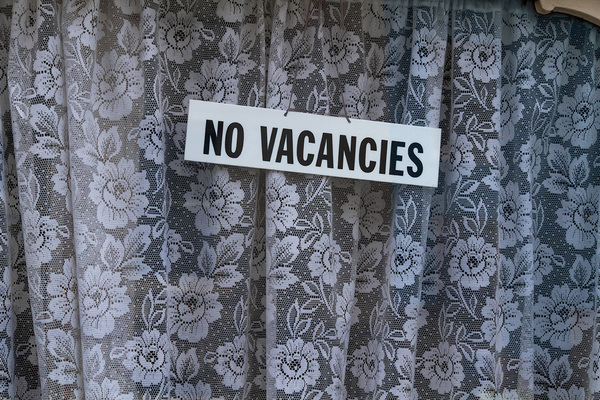
Official figures released on Thursday also showed that councils assessed 75,140 households as either being homeless or threatened with homelessness within 56 days over the three-month period.
That is a 9.7% jump from the figure for the previous quarter and the highest level since the assessment system was introduced in April 2018 as part of the Homelessness Reduction Act.
On 31 March, there were 93,000 households in temporary accommodation including 129,380 children – up 5.3% from 88,310 households at 31 December and a 9.4% rise from the 85,040 recorded on the same date in 2019.
The increase was mainly driven by single households, with a 28.5% rise over the 12-month period among this group.
A government release accompanying the statistics said the figures “may be linked to the COVID-19 ‘Everyone in’ scheme”, which saw rough sleepers or those at risk of rough sleeping placed in emergency accommodation from late March to help protect them from the virus.
Of the 75,140 households assessed as being owed a homelessness duty by councils between January and March, 2,320 were rough sleeping – only a marginal increase from 2,210 between October and December.
Another 19,160 had been living in the private rented sector, up 15.7% from the 16,560 recorded over the previous three months, while there was a 12% rise to 18,080 among those who were living with family.
The figures were released the day before ministers announced a four-week extension to the evictions ban imposed in March following widespread fears about a potential surge in homelessness when the moratorium was supposed to lift on 23 August.
Of the 73,960 households whose homelessness duty owed by councils came to an end between January and March, 48.9% were secured accommodation for at least six months.
Use of B&B temporary accommodation for families with children fell 18.4% to 1,550 households over the three months, although for all types of households there was an 11.6% rise to 8,180.
Sign up for our daily newsletter
Already have an account? Click here to manage your newsletters
